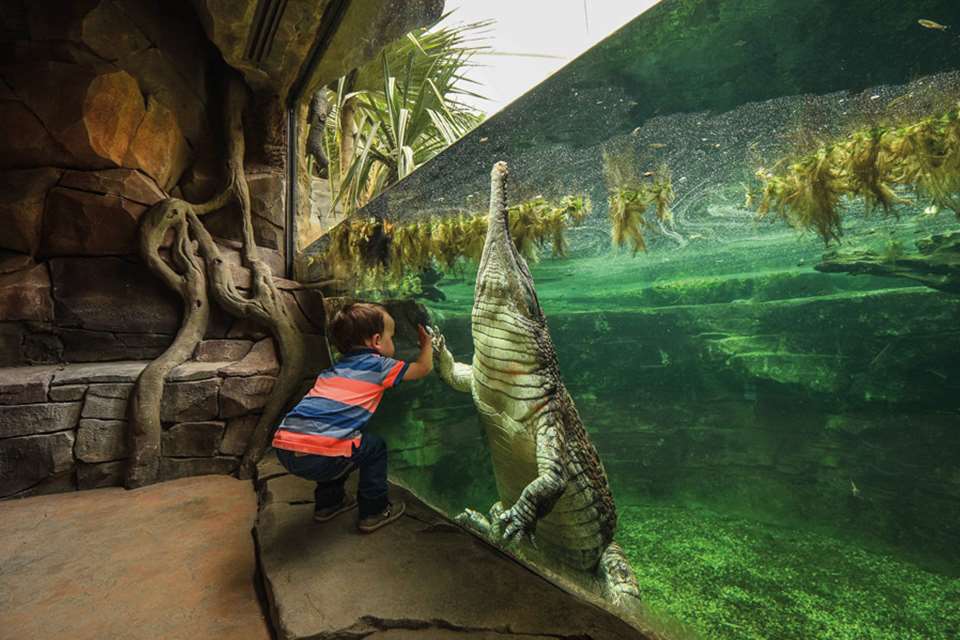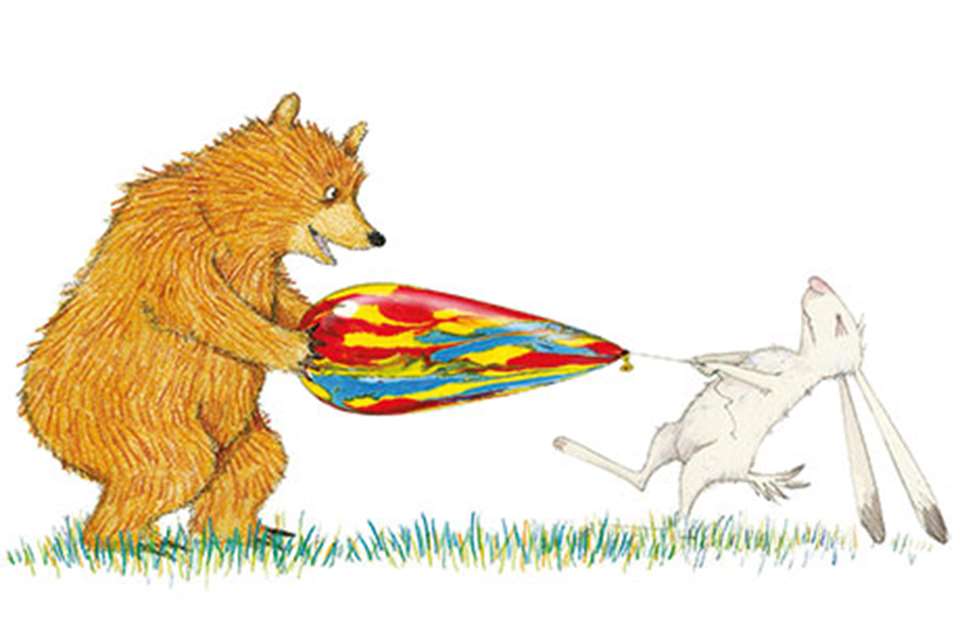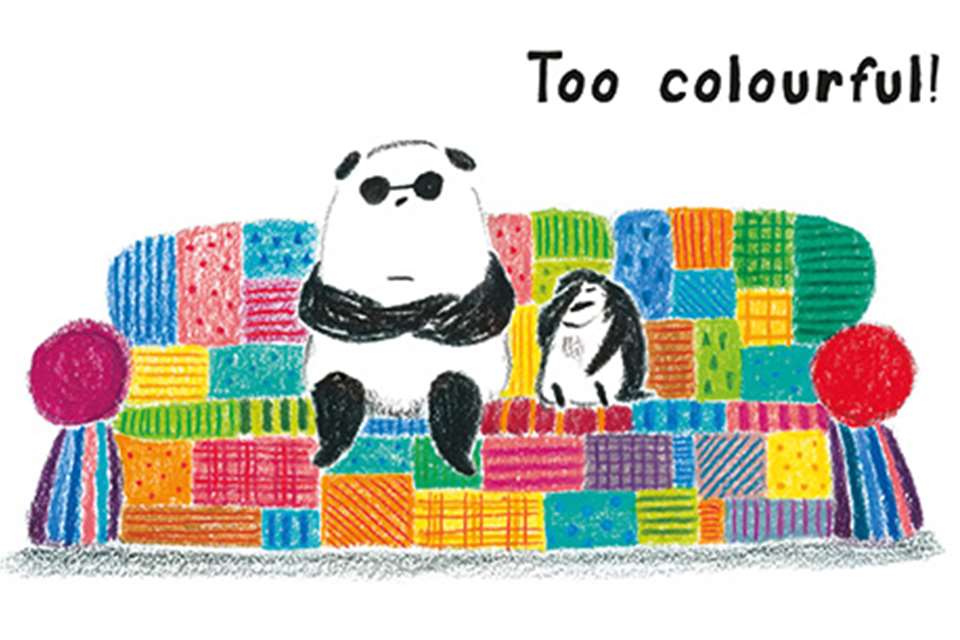EYFS Activities: Sharing books… Dear Zoo
Penny Tassoni
Monday, June 24, 2019
by Rod Campbell (Macmillan edition 2019)

Download the PDF of this article
By Penny Tassoni
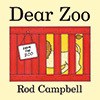 Dear Zoo is a classic children’s book that was first published in 1982 and has given pleasure to thousands of children. The storyline is simple and amusing. A pet is needed and a letter is written to the zoo. We watch as a series of animals arrive from the zoo in various containers. Children need to lift the flap of the container to see which animal is underneath. Each time, a reason is given why the animal is unsuitable. The camel, for example, is too grumpy, while the frog is too jumpy. The story ends when the zoo sends a dog basket. When the flap is lifted we see a puppy who, apparently, is perfect.
Dear Zoo is a classic children’s book that was first published in 1982 and has given pleasure to thousands of children. The storyline is simple and amusing. A pet is needed and a letter is written to the zoo. We watch as a series of animals arrive from the zoo in various containers. Children need to lift the flap of the container to see which animal is underneath. Each time, a reason is given why the animal is unsuitable. The camel, for example, is too grumpy, while the frog is too jumpy. The story ends when the zoo sends a dog basket. When the flap is lifted we see a puppy who, apparently, is perfect.
A GOOD CHOICE
While aimed at children aged three to five years, many toddlers and even babies will enjoy looking at this book – although a little care may be needed with the flaps. Older children will enjoy ‘reading’ it independently as the text is simple enough for them to memorise it, then link words to the print. This is also a book that is likely to appeal to parents, as some of them may recognise it from their own childhood. In addition, this book has been widely translated and so may be used to support home language learning.
SHARING THIS BOOK
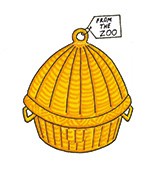 There are many ways to share this book. With babies, toddlers and children who are new to English, it is best to look at this book in pairs. This allows children to lift the flap and also for the adult to talk about what might be underneath each of the containers. With children who are older and are already familiar with the book, you can share this book in small groups. Children can see if they can remember which animal is the next one to be sent by the zoo or the reason why the animal was unsuitable.
There are many ways to share this book. With babies, toddlers and children who are new to English, it is best to look at this book in pairs. This allows children to lift the flap and also for the adult to talk about what might be underneath each of the containers. With children who are older and are already familiar with the book, you can share this book in small groups. Children can see if they can remember which animal is the next one to be sent by the zoo or the reason why the animal was unsuitable.
SUPPORTING LEARNING
Personal, social and emotional development
Children can talk about pets that they have or would like to have. You could also arrange to have a pet come to your setting so that these children can spend a little time learning about the responsibilities of pet ownership. Children can also explore their feelings towards animals, including animals they find frightening, such as spiders, snakes or even some dogs.
Language development
This a wonderful book for vocabulary development. Young children can learn the names of animals, but also some simple descriptive words such as ‘big’ or ‘grumpy’. For children who 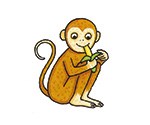 are talking well, you can use this book to connect some words to their own experiences by asking questions such as, ‘What things do you find scary?’
are talking well, you can use this book to connect some words to their own experiences by asking questions such as, ‘What things do you find scary?’
Older children can also be encouraged to develop language to speculate and to reason – for example, ‘Why was the monkey naughty?’ While this use of language supports children’s reasoning skills, it is worth remembering that some children will need plenty of time to respond to more abstract questions.
Literacy
This is a great book to develop a love of reading in young children. The text is simple and there is a repeated line ‘So they sent me a…’, which allows quite young children to access this book independently.
This book could be used to encourage four- and five-year-olds to make their own lift-the-flap books. They could choose their favourite animals to be underneath a flap, then an adult can scribe the child’s text underneath. You could also encourage mark-making by putting out images of animals and writing paper so that children can write their own letters to the zoo. Look out for a post box and stamps to create some authenticity.
Mathematics
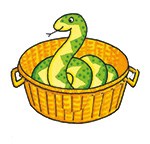 Explore containers of different shapes and sizes. You could put out a range of different small-world animals and some small boxes. Children can see which boxes fit which animals and also how many animals fit in each box.
Explore containers of different shapes and sizes. You could put out a range of different small-world animals and some small boxes. Children can see which boxes fit which animals and also how many animals fit in each box.
In addition, you could also create simple dice for older children. The idea would be to roll the dice then put the corresponding number of small-world animals into a box. When the box is full, the game is over.
Role play
If children are interested in pets, you could create a pet shop. It is worth looking out for props such as cat baskets, dog beds, as well as a range of cuddly toys. Look out also for some pretend pet food, and don’t forget to provide a price list and cash till.
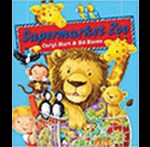 Finally, if you and the children have enjoyed this book, you might like to look at some of Rod Campbell’s other books, including Little Monkey and Little Mouse.
Finally, if you and the children have enjoyed this book, you might like to look at some of Rod Campbell’s other books, including Little Monkey and Little Mouse.
ABOUT THIS SERIES
Over the course of this monthly series on sharing books with children, Penny Tassoni will look at a range of fiction and non-fiction titles, from rhyming books for babies to picture books that adults and children can explore together.


